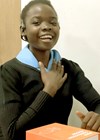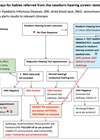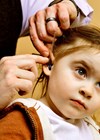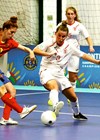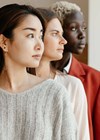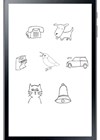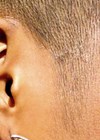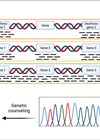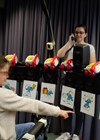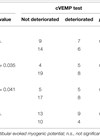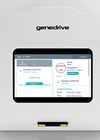Audiology features
Hear Glue Ear - affordable bone conduction and microphone kits
Glue ear is a very common problem in children. This article explores a simple and affordable solution to help overcome some of the challenges it can cause. Background Glue ear (also known as otitis media with effusion – OME) is...
Early detection pathways for congenital cytomegalovirus for infants referred from the newborn hearing screen
This article discusses requirements for an early congenital cytomegalovirus (cCMV) detection pathway to ensure children do not miss out on the opportunity for timely diagnosis and treatment. The pathways described are currently in use in England and apply to well...
Effective and profitable provision of paediatric audiology care in the private sector
Similar to other specialty areas of hearing healthcare, paediatric audiology is a potential net loss for a private-sector, for-profit, business. Given the time-intensive needs of patients with cochlear implants, tinnitus and those who are under the age of 18 years...
Be who you needed when you were younger
Trainee audiologist, deaf England futsal player and deaf advocate Zara Musker discusses finding her own deaf identity: “It’s part of me but not all of me”. Am I an audiologist? A deaf England futsal player? An advocate for deaf individuals?...
Implicit bias in audiology and wider healthcare
What is implicit bias and how might it affect patient outcomes in hearing healthcare? Yovina Khiroya provides insight into the terminology and the effect on people and service delivery. As much as possible within healthcare, we try to reduce implicit...
Current update on vestibular and balance disorders in children
Vestibular and balance disorders in children with hearing loss often go unrecognised. This article describes the significant impact such disorders have on the various aspects of children’s development. Vestibular and balance disorders occur in the paediatric population but can go...
Hearing screening during childhood using speech and sounds in noise
Although there is high prevalence of late-onset, progressive, and acquired hearing losses during childhood, these hearing losses can easily go undetected due to the lack of systematic hearing screening beyond newborn hearing screening. In this article, the authors share the...
EEG as a measure of neuroplasticity in children
Measuring changes in neural activity can teach us a lot about hearing loss and the effect of gained functional hearing. In this article, the authors describe how electroencephalography (EEG) is being used to effectively measure such changes in children with...
What you need to know about recent advances in genetics of hearing loss in the newborn
Identifying the underlying genetic cause of hearing loss in newborns can improve dramatically the early diagnosis and appropriate intervention. Hearing loss is the most common sensory disorder at birth, affecting approximately two out of 1000 newborns [1]. Congenital impaired hearing...
Cochlear implantation in children with congenital single-sided deafness
To date, there has been very limited data supporting the effectiveness of early provision of a cochlear implant to the deaf ear in infants with congenital single-sided deafness. In this article, the authors share their pioneering work with this special...
Vestibular dysfunction after cochlear implantation in children
Whilst vestibular dysfunction is a known outcome of cochlear implant surgery, do we know the risk factors associated with this, particularly in children? In this article a team from University of Tokyo discuss their findings. Cochlear implantation (CI) is an...
Rapid genetic testing to avoid hearing loss in neonates
Thousands of newborn babies could avoid a lifetime of hearing loss thanks to a new rapid genetic test. In this article, we learn how. We have demonstrated for the first time that a rapid genetic test from a cheek swab...


